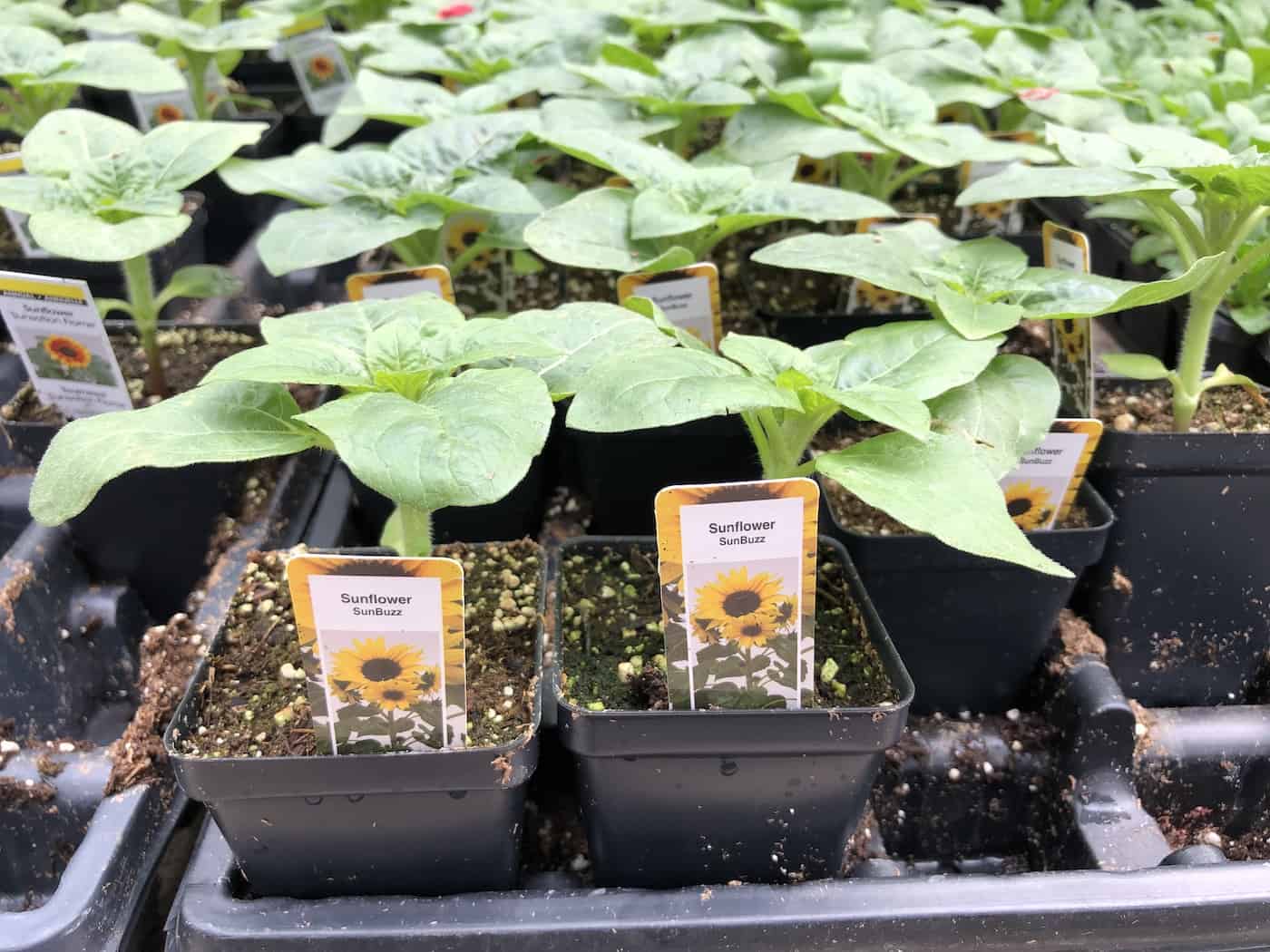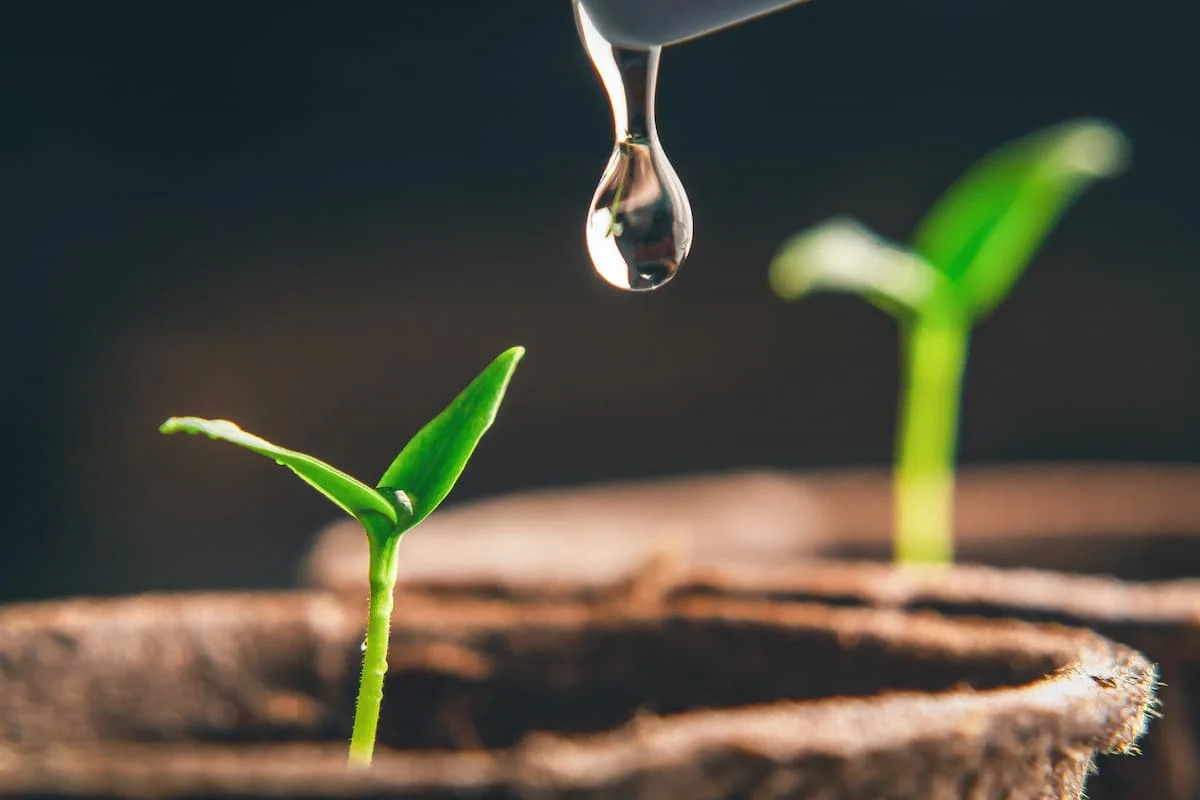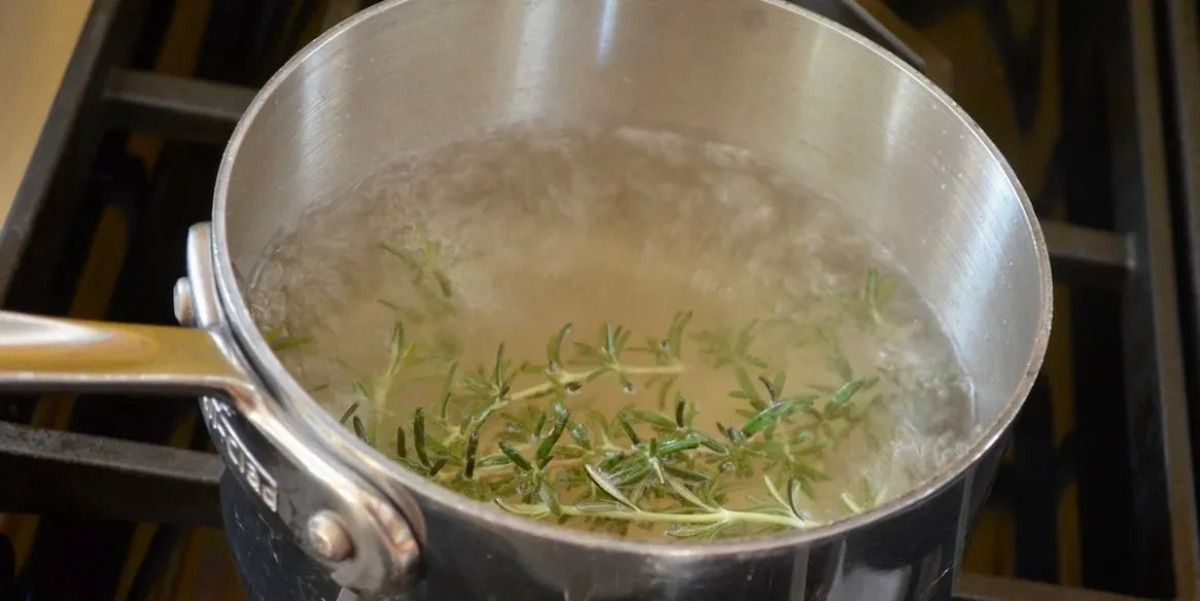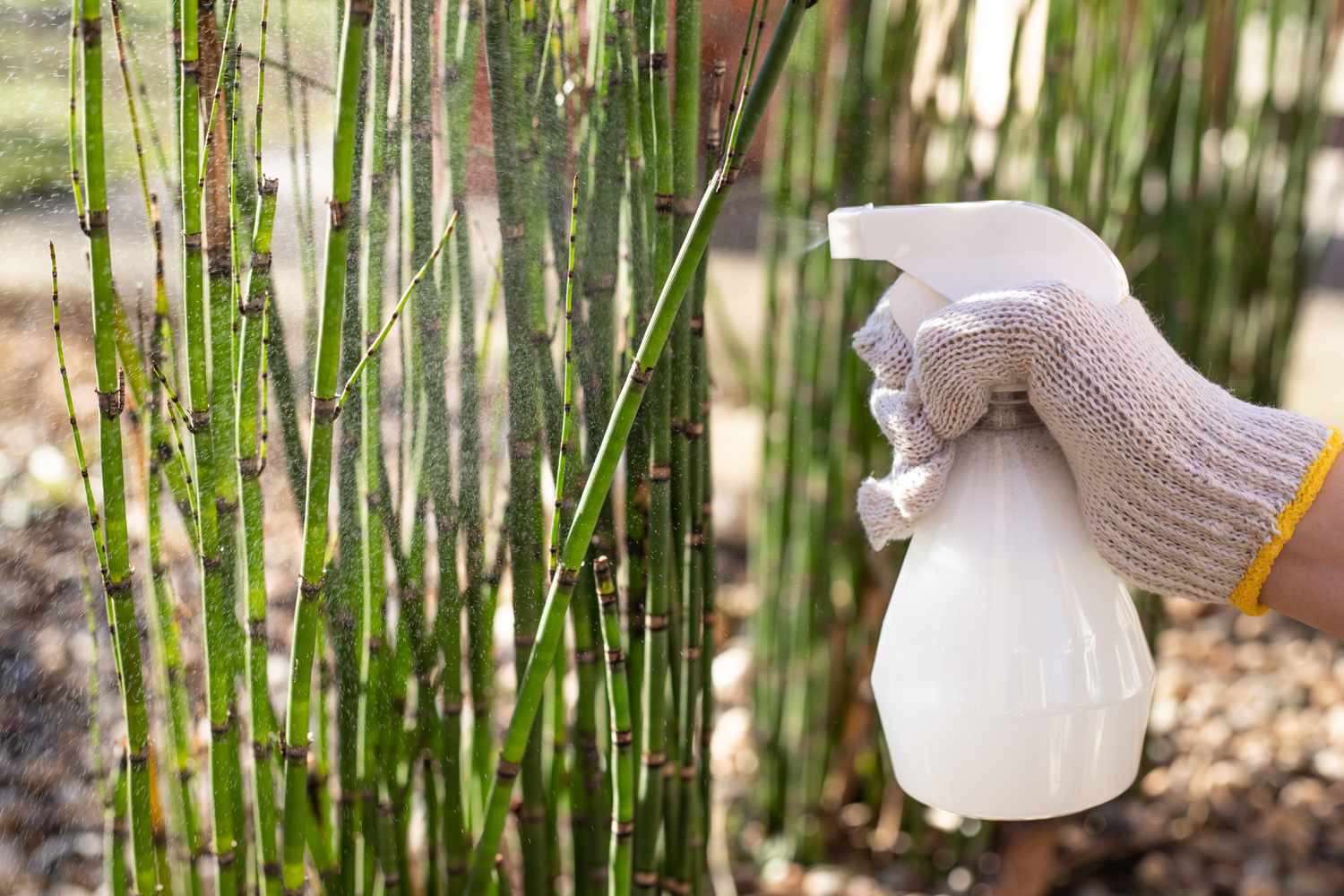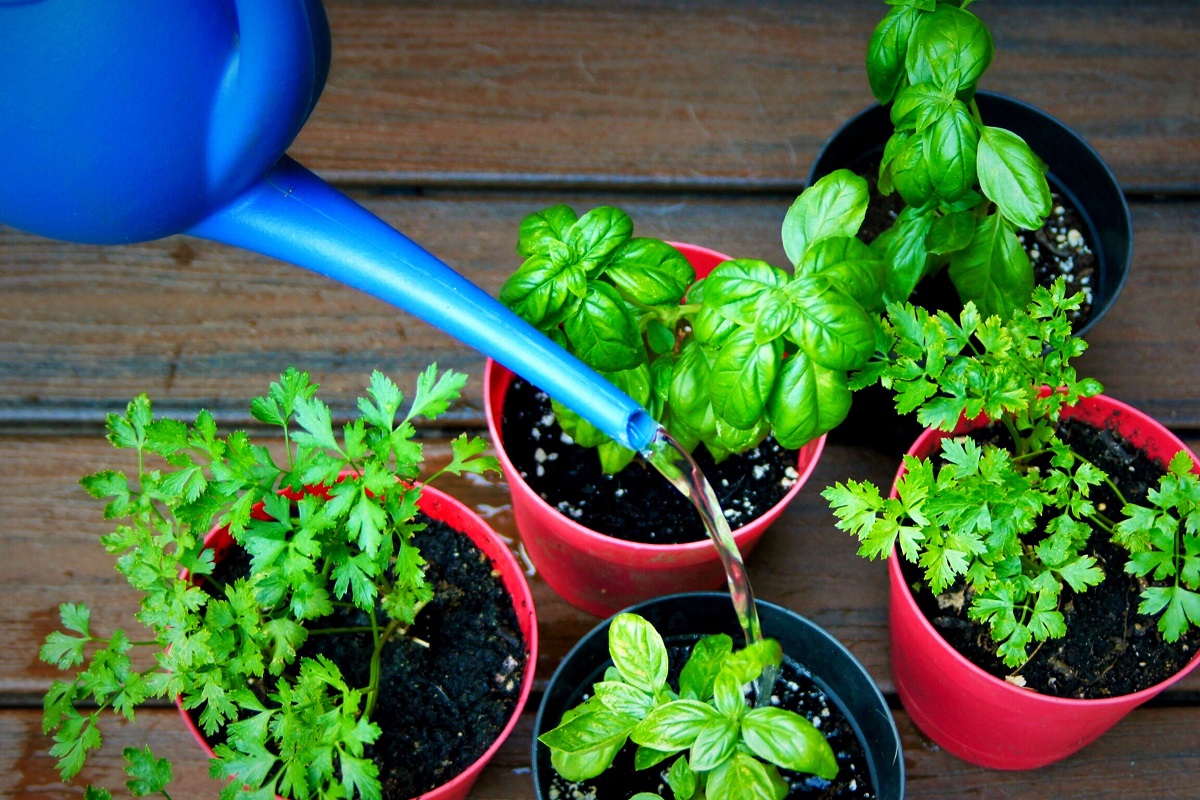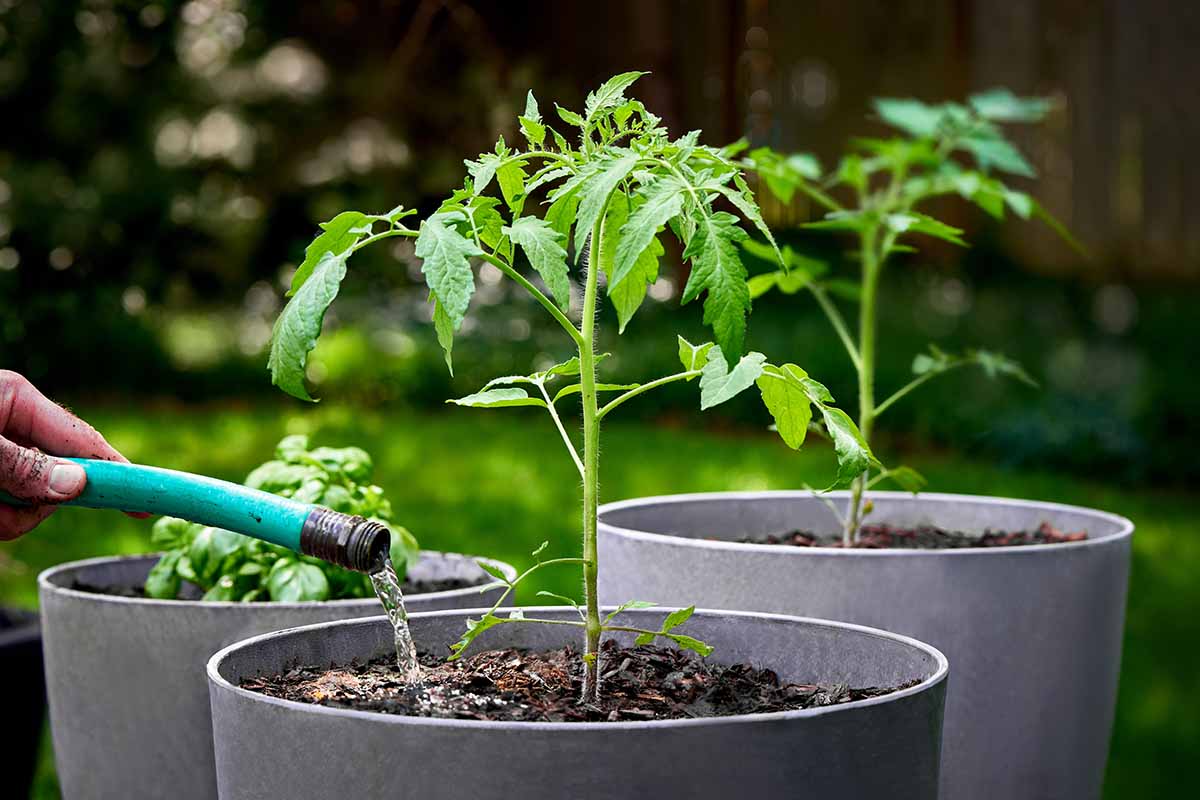Home>Gardening Techniques>Plant Care>How Often Should I Water A Rosemary Plant
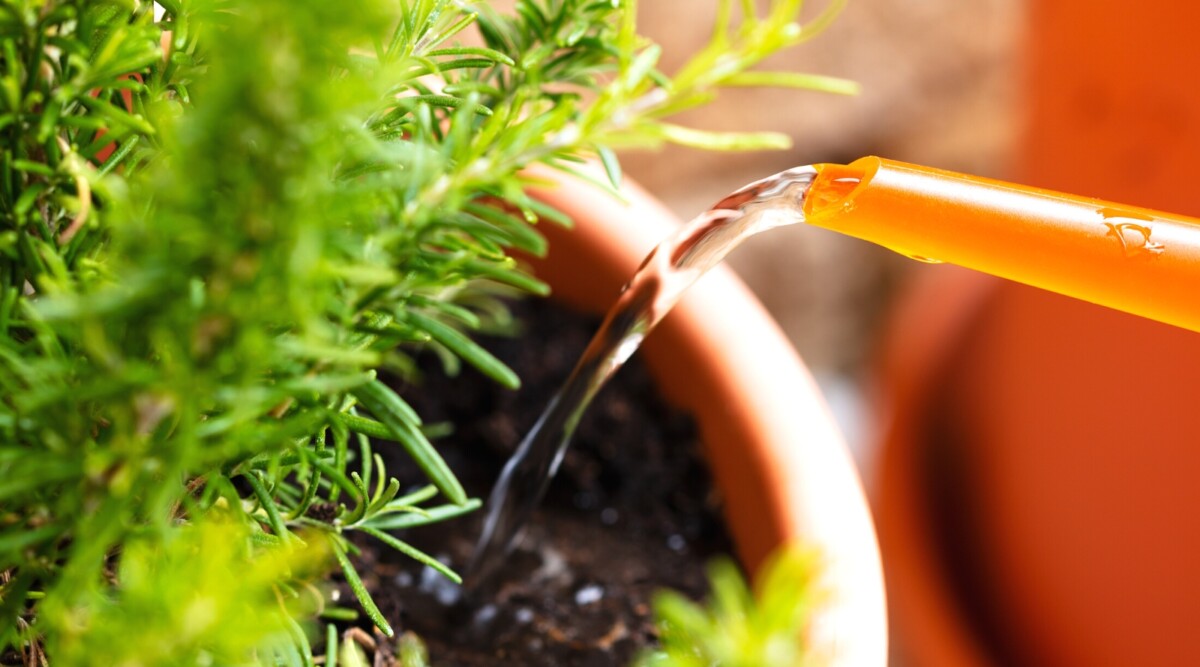

Plant Care
How Often Should I Water A Rosemary Plant
Modified: February 10, 2024
Learn the best practices for watering your rosemary plant and other essential care tips. Discover how to maintain optimal conditions for your plant's growth and health.
(Many of the links in this article redirect to a specific reviewed product. Your purchase of these products through affiliate links helps to generate commission for Chicagolandgardening.com, at no extra cost. Learn more)
Table of Contents
Introduction
Welcome to the wonderful world of rosemary care! Whether you're a seasoned gardener or a novice plant enthusiast, understanding the intricacies of watering rosemary is crucial for nurturing healthy, thriving plants. Rosemary (Rosmarinus officinalis) is a beloved herb known for its fragrant aroma, culinary versatility, and ornamental beauty. As with any plant, proper watering is essential for the overall well-being of your rosemary.
In this comprehensive guide, we'll delve into the art and science of watering rosemary plants. From understanding the unique watering needs of rosemary to deciphering the signs of overwatering and underwatering, we'll cover it all. Additionally, we'll explore the various factors that influence the frequency of watering, providing you with valuable insights to ensure your rosemary thrives.
So, whether you're growing rosemary in a garden, a container, or indoors, this guide will equip you with the knowledge and confidence to establish an effective watering routine for your cherished rosemary plants. Let's embark on this enlightening journey to unravel the mysteries of watering rosemary and pave the way for a flourishing herb garden!
Understanding Rosemary Watering Needs
Before delving into the specifics of watering schedules and techniques, it’s essential to grasp the fundamental watering needs of rosemary plants. Rosemary, with its origins in the Mediterranean region, has adapted to thrive in arid, well-drained conditions. This characteristic trait is pivotal in understanding how to effectively water your rosemary.
Rosemary plants abhor soggy, waterlogged soil, as it can lead to root rot and other detrimental conditions. On the other hand, prolonged drought stress can also hinder the plant’s growth and vitality. Striking the right balance is key. The goal is to maintain moist, but not overly wet, soil for your rosemary.
One of the primary reasons rosemary is highly susceptible to overwatering is its preference for soil that dries out between watering sessions. This aligns with its natural habitat, where it experiences periods of dryness punctuated by infrequent but intense rainfall. As a result, understanding the plant’s native environment provides valuable insights into its watering requirements.
Furthermore, the type of soil in which your rosemary is planted significantly influences its watering needs. Well-draining, sandy or loamy soil facilitates proper water distribution and prevents water from pooling around the roots, reducing the risk of water-related issues.
By comprehending these intrinsic watering needs and environmental adaptations of rosemary, you can tailor your watering practices to mimic its natural habitat, promoting robust growth and overall plant health.
Factors Affecting Rosemary Watering Frequency
Several factors influence the frequency at which rosemary plants require watering. Understanding these variables is crucial for devising an effective watering schedule that caters to the specific needs of your rosemary. By considering the following factors, you can fine-tune your watering regimen to promote optimal growth and vitality for your cherished herb.
- Climate and Season: The prevailing climate and seasonal variations play a pivotal role in determining the watering frequency for rosemary. In hot, dry climates, more frequent watering may be necessary to prevent the soil from becoming excessively dry. Conversely, during cooler, wetter seasons, the watering frequency may need to be reduced to prevent waterlogged soil.
- Container Size and Material: If your rosemary is potted, the size and material of the container can impact its watering needs. Smaller containers tend to dry out more quickly, necessitating more frequent watering, while larger containers retain moisture for longer periods. Additionally, porous containers, such as terracotta pots, can lead to faster evaporation of moisture from the soil.
- Soil Composition: The composition of the soil, particularly its drainage properties, significantly affects the watering frequency for rosemary. Well-draining soil, such as a mix of sandy and loamy components, promotes healthy root growth and reduces the risk of waterlogged conditions, necessitating less frequent watering.
- Plant Maturity: The stage of growth and maturity of your rosemary plant also influences its watering requirements. Young, developing plants may require more frequent watering to support their rapid growth, while established, mature plants are generally more resilient to periodic dry spells.
- Exposure to Sunlight and Wind: The exposure of your rosemary plants to sunlight and wind can impact their water loss through transpiration. Plants situated in sunny, windy locations may experience faster moisture evaporation from the soil, necessitating increased watering frequency to compensate for the heightened water loss.
By attentively considering these factors and their interplay, you can adeptly adjust your watering routine to align with the specific needs of your rosemary plants, fostering an environment conducive to their flourishing.
Signs of Overwatering and Underwatering
Distinguishing between the signs of overwatering and underwatering is essential for gauging the watering needs of your rosemary plants. By keenly observing the following indicators, you can aptly adjust your watering practices to ensure the optimal health and vigor of your cherished herbs.
- Overwatering Signs: Excessive moisture in the soil can lead to detrimental consequences for rosemary plants. Signs of overwatering may manifest as wilting, yellowing, or browning of the foliage, often accompanied by a persistently waterlogged or soggy soil texture. Additionally, a foul odor emanating from the soil can indicate anaerobic conditions caused by overwatering, further jeopardizing the plant’s well-being.
- Underwatering Signs: Insufficient moisture can also detrimentally impact rosemary plants, leading to symptoms such as drooping or wilting leaves, accompanied by a visibly dry and parched soil. The foliage may appear dull or lackluster, and in severe cases, the plant may exhibit stunted growth as a survival response to water scarcity.
- Root Health: When assessing the watering status of your rosemary, examining the root system can provide valuable insights. Overwatered plants may display mushy, discolored roots, indicative of root rot, while underwatered plants may exhibit brittle, desiccated roots. Healthy roots are firm, pliable, and typically light in color, signaling an optimal balance of moisture.
- Soil Texture and Drainage: The physical characteristics of the soil can also offer clues regarding the watering regimen. Overwatered soil tends to be waterlogged, heavy, and compacted, impeding proper aeration and root development. In contrast, underwatered soil may appear excessively dry, crumbly, and unable to retain adequate moisture.
By attentively monitoring these telltale signs and responding accordingly, you can effectively calibrate your watering practices to provide your rosemary plants with the precise amount of moisture they require, fostering a thriving and resilient herb garden.
Watering Schedule for Rosemary Plants
Establishing a well-crafted watering schedule is instrumental in ensuring the optimal hydration of your rosemary plants while mitigating the risks of overwatering or underwatering. While the specific watering frequency may vary based on environmental factors and individual plant needs, a general guideline can serve as a valuable starting point for nurturing healthy, vibrant rosemary.
During the initial phase following the planting or repotting of rosemary, it is crucial to provide ample moisture to support the establishment of the root system. Frequent, light watering sessions are recommended to facilitate root development and acclimatization to the new growing environment. Once the plant demonstrates signs of robust growth and vitality, the watering frequency can be gradually adjusted to align with the plant’s maturing needs.
As a general rule of thumb, it is advisable to allow the soil to partially dry out between watering sessions, mimicking the natural moisture fluctuations experienced by rosemary in its native habitat. This approach helps prevent waterlogged conditions while ensuring that the plant receives adequate hydration. When assessing the soil moisture level, a simple technique involves inserting a finger into the soil to a depth of about an inch. If the soil feels dry at this depth, it may be an indication that the plant is ready for watering.
For rosemary plants situated in outdoor garden beds, the watering frequency may need to be adjusted based on the prevailing weather conditions. During periods of intense heat or prolonged drought, more frequent watering may be necessary to sustain the plant’s moisture requirements. Conversely, in cooler or rainy conditions, the watering frequency can be moderated to prevent excessive soil moisture.
When cultivating rosemary in containers, diligent attention to the moisture levels of the potting mix is essential. The confined space of containers can impact soil moisture retention, often necessitating more frequent watering compared to garden-planted rosemary. Additionally, the type of container and its exposure to sunlight can influence the rate of moisture evaporation, further shaping the watering schedule.
By tailoring the watering schedule to accommodate the evolving needs of your rosemary plants and remaining attuned to environmental cues, you can optimize their growing conditions and promote robust, resilient growth.
Tips for Properly Watering Rosemary
Effectively watering your rosemary plants involves more than just the frequency of watering; it encompasses a holistic approach that considers various aspects of plant care. By implementing the following tips, you can elevate your watering practices and nurture thriving, resilient rosemary plants.
- Watering at the Base: Direct the water flow toward the base of the plant, aiming to moisten the soil around the root zone. This targeted approach helps deliver moisture where it is most needed, promoting optimal root uptake and minimizing water loss through evaporation.
- Morning Watering: Whenever possible, water your rosemary plants in the morning to capitalize on the cooler temperatures and reduced evaporation rates. Morning watering also allows the foliage to dry out during the day, mitigating the risk of fungal diseases that thrive in damp conditions.
- Consistent Moisture: Strive to maintain consistent, moderate moisture levels in the soil, avoiding extreme fluctuations between dryness and saturation. This steady moisture supply supports healthy growth while preventing stress-induced issues that can arise from erratic watering practices.
- Mulching: Applying a layer of organic mulch around the base of your rosemary plants can aid in moisture retention, reduce weed competition, and insulate the soil, fostering a conducive microclimate for the roots. Mulching also helps mitigate rapid moisture evaporation, particularly in sunny or windy locations.
- Observation and Adjustment: Regularly monitor the condition of your rosemary plants and the moisture levels of the soil. Adjust your watering frequency and volume based on seasonal changes, weather patterns, and the specific needs of individual plants, tailoring your approach to optimize their well-being.
- Watering Depth: When watering your rosemary, aim to moisten the soil to a sufficient depth, encouraging the development of a robust root system. Shallow watering may lead to inadequate root expansion and heightened susceptibility to drought stress, while excessive watering depth can contribute to waterlogging.
- Container Drainage: If your rosemary is grown in containers, ensure that the pots have adequate drainage holes to prevent water from accumulating at the base. Additionally, utilizing a well-draining potting mix and incorporating perlite or coarse sand can enhance soil aeration and drainage.
By integrating these expert tips into your rosemary care regimen, you can refine your watering practices, promote optimal moisture management, and foster the flourishing vitality of your cherished rosemary plants.
Conclusion
Congratulations on embarking on a journey to unravel the intricacies of watering rosemary plants! By delving into the fundamental principles of rosemary watering needs, understanding the factors influencing watering frequency, and mastering the art of proper watering techniques, you have equipped yourself with the knowledge and insights essential for nurturing vibrant, resilient rosemary plants.
From the arid landscapes of the Mediterranean to the serenity of your garden or the coziness of your indoor space, rosemary plants thrive when provided with attentive, well-informed care. By emulating the natural conditions of its native habitat, maintaining a balance between moisture and aeration, and adapting your watering practices to suit the evolving needs of your plants, you can cultivate a flourishing herb garden adorned with the fragrant allure and culinary delights of rosemary.
Remember, the journey of caring for rosemary is a dynamic, enriching experience that invites you to engage with the rhythms of nature, observe the subtle cues of your plants, and adapt your nurturing practices accordingly. As you continue to hone your skills in rosemary care, may your efforts be rewarded with bountiful harvests, lush foliage, and the gratifying satisfaction of tending to these remarkable plants.
With these insights and tips at your disposal, you are well-prepared to embark on your rosemary watering odyssey, nurturing thriving plants that enrich your culinary endeavors, elevate your garden’s aesthetic, and infuse your surroundings with the timeless charm of this beloved herb.

